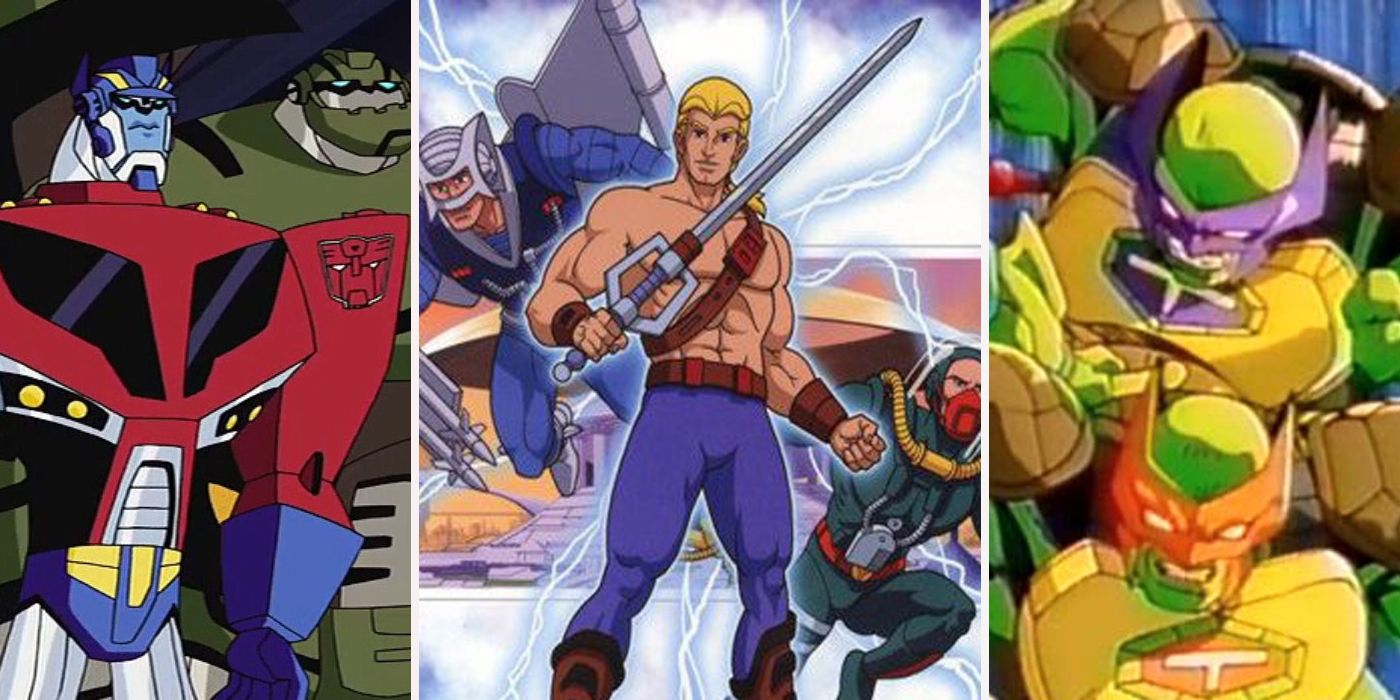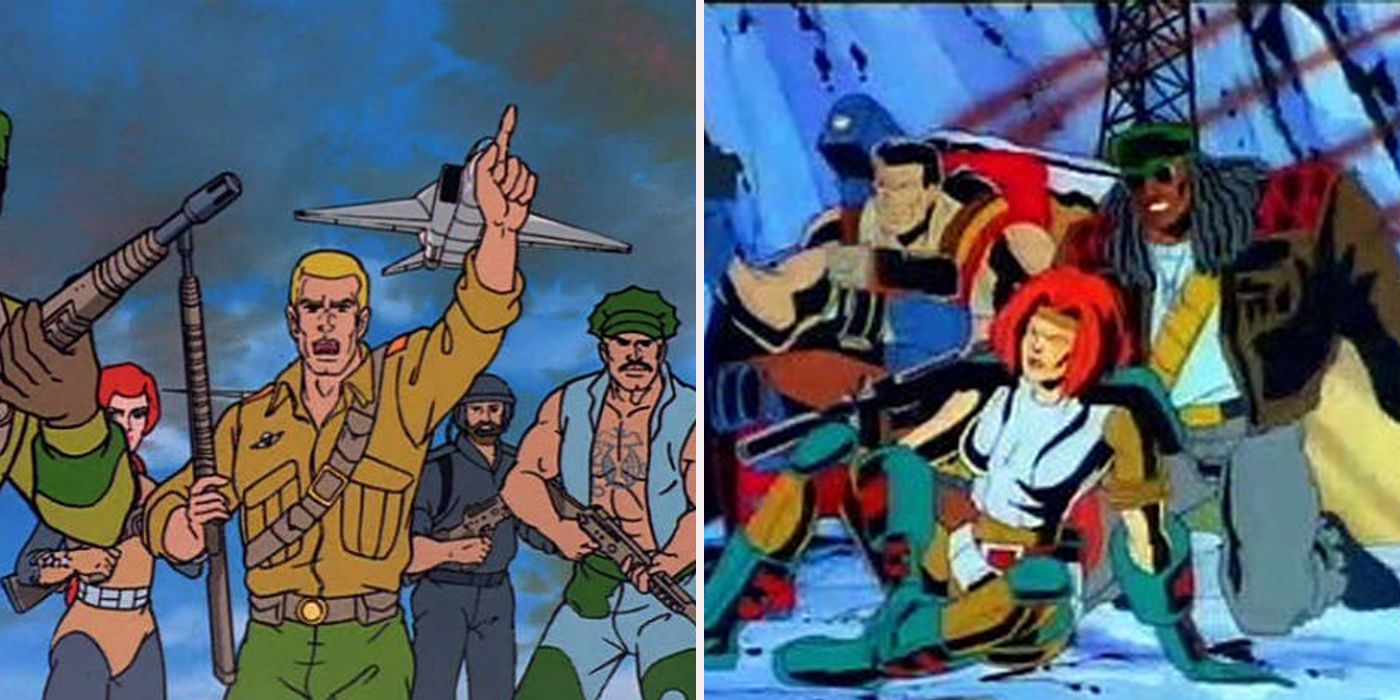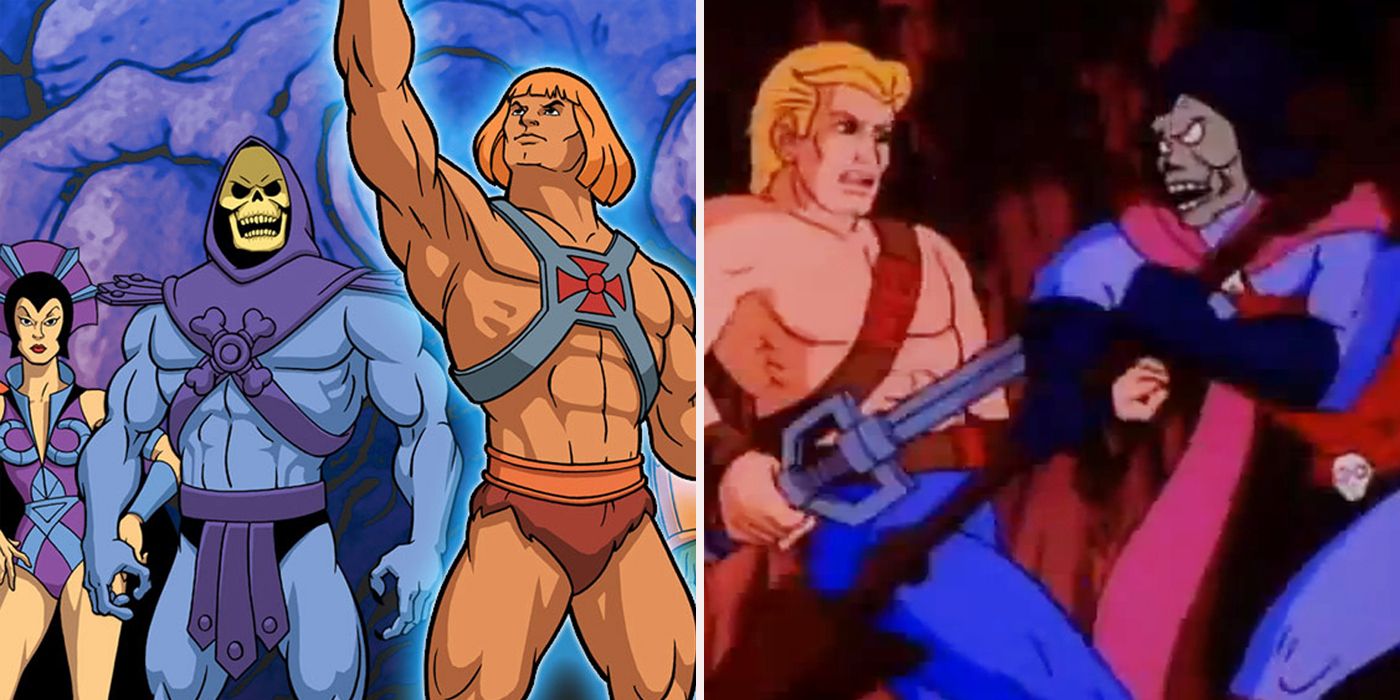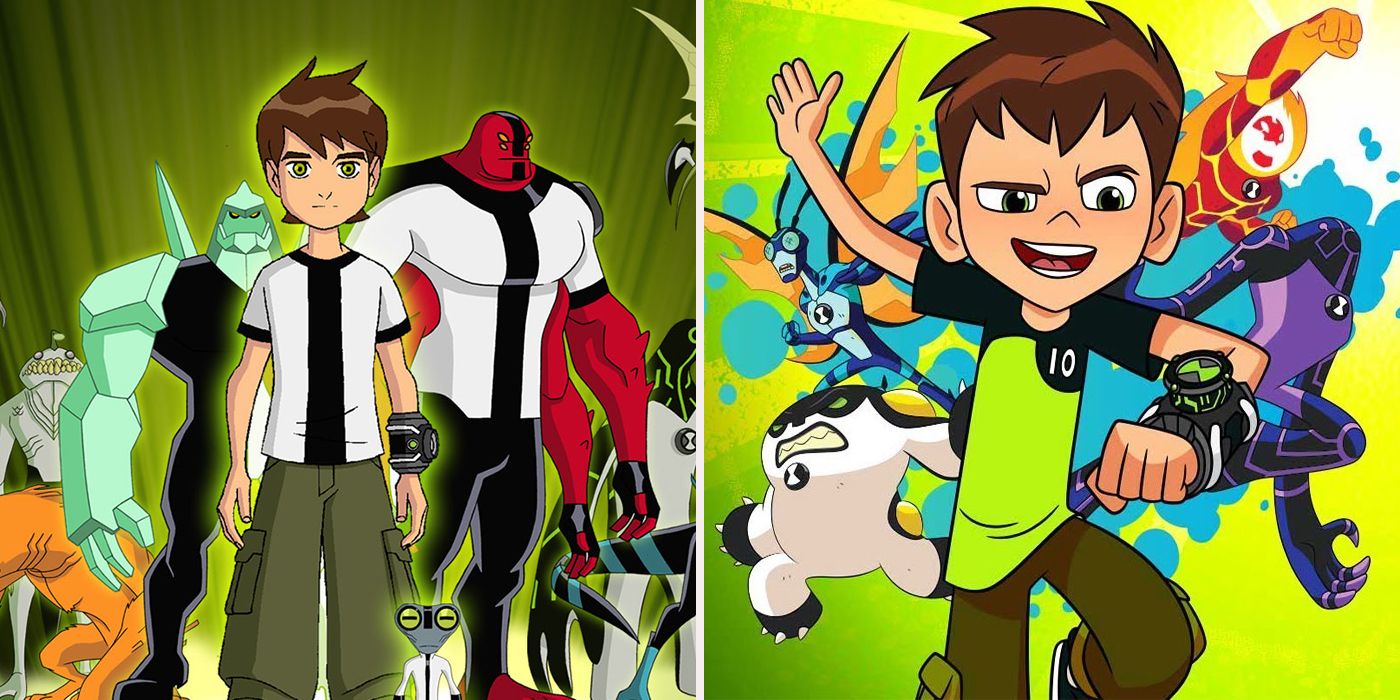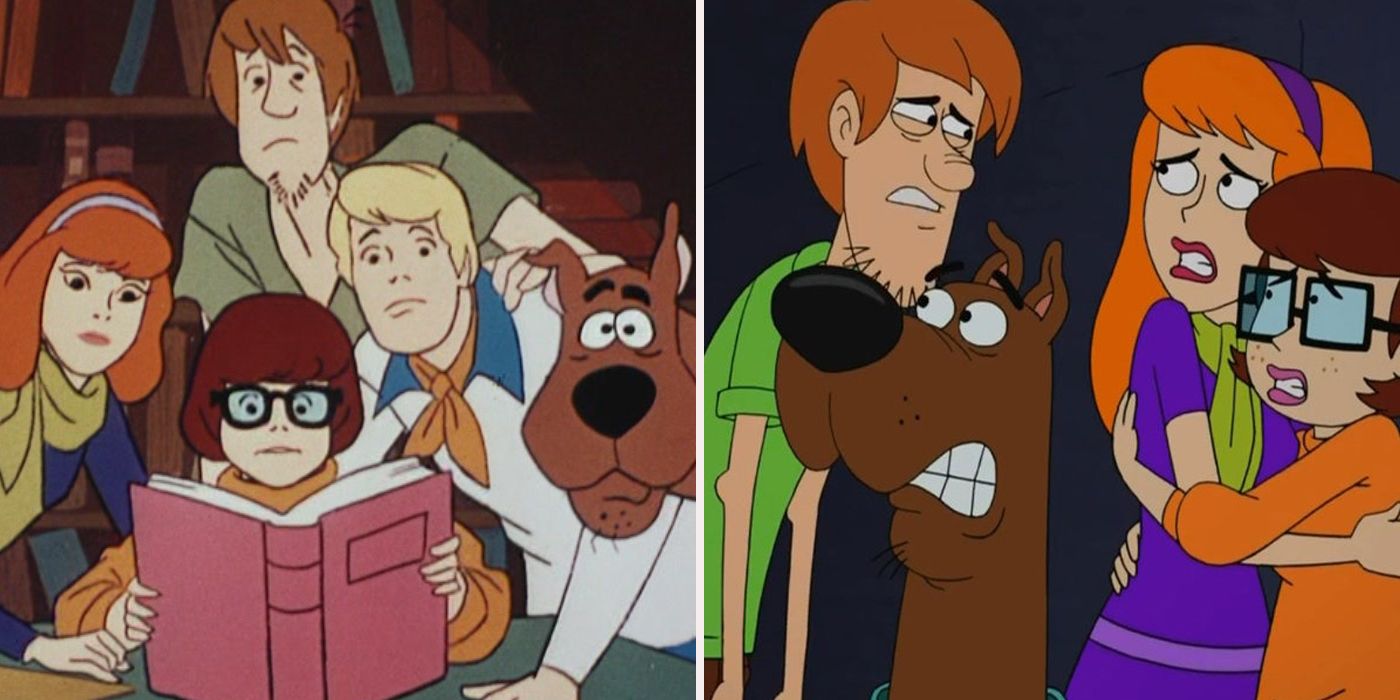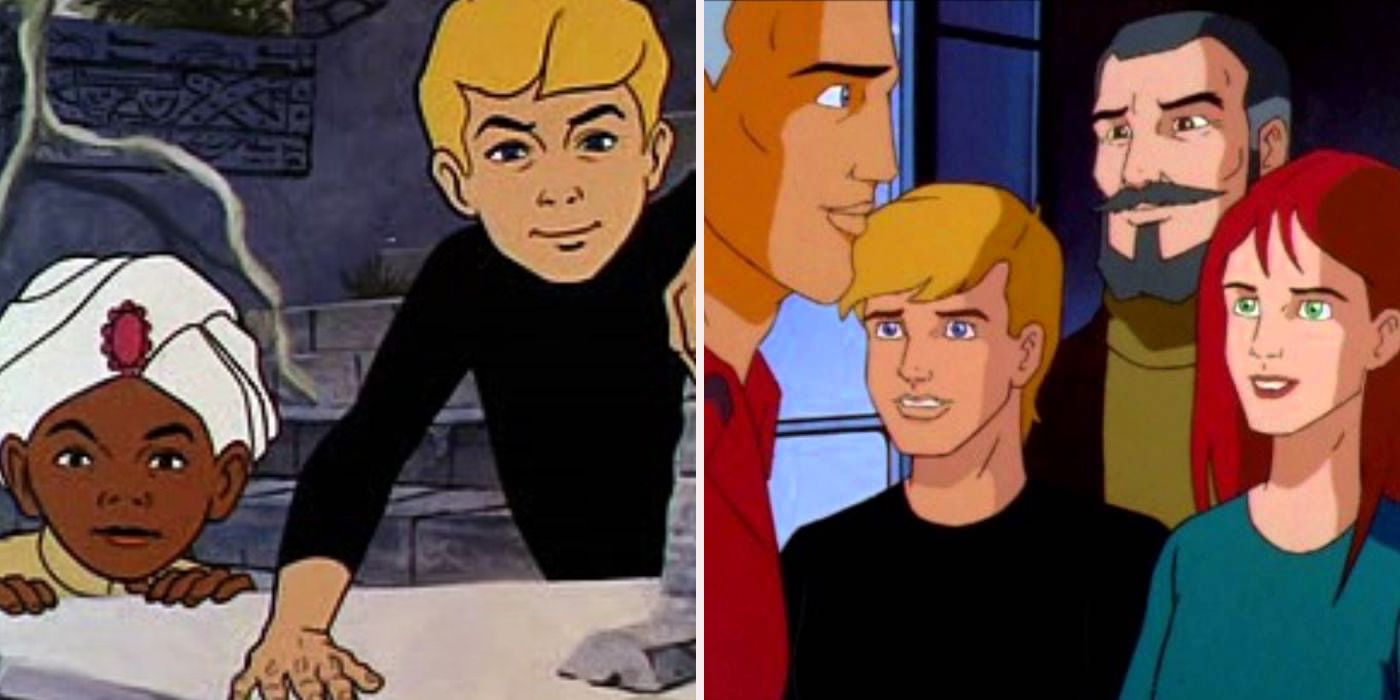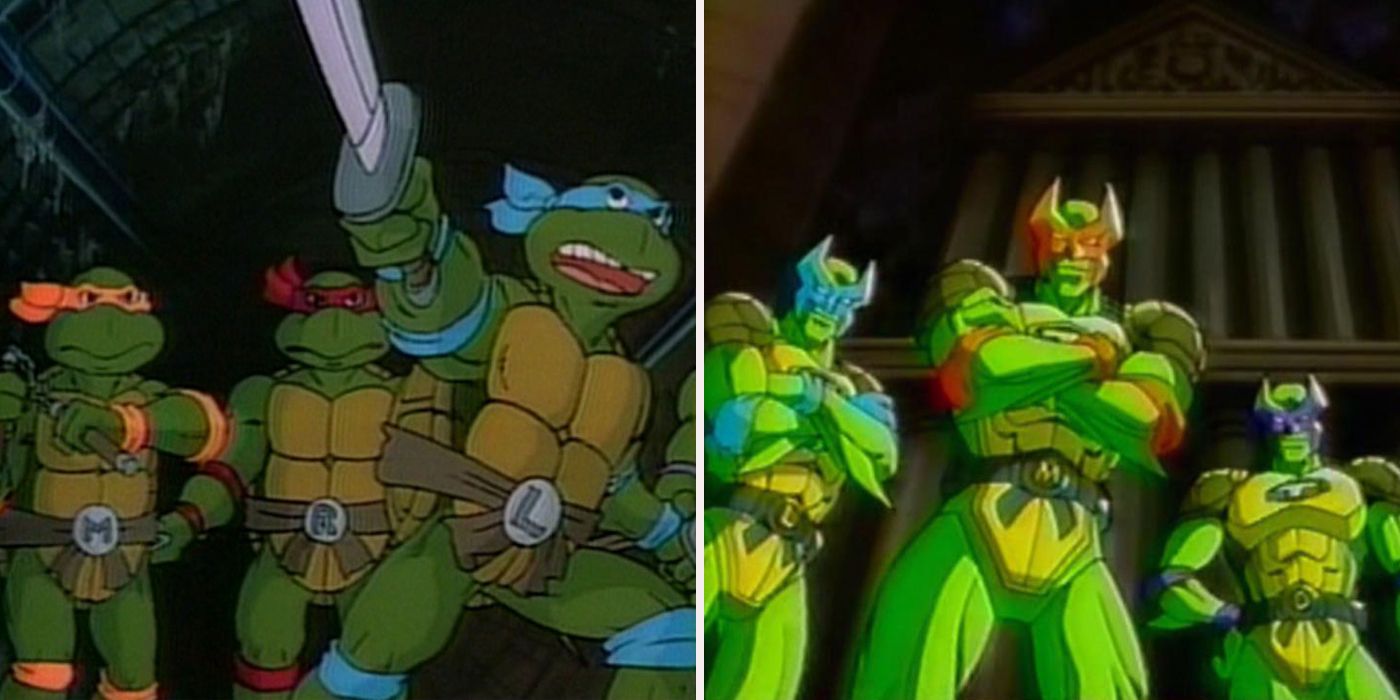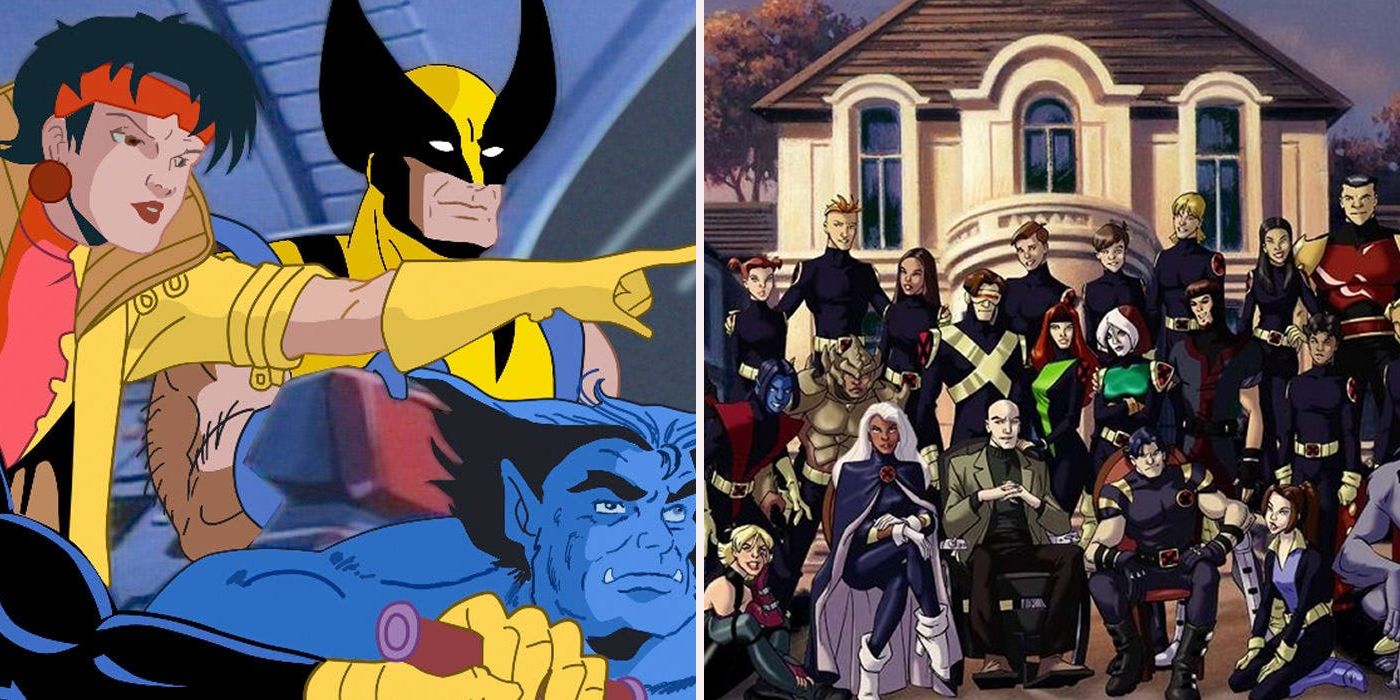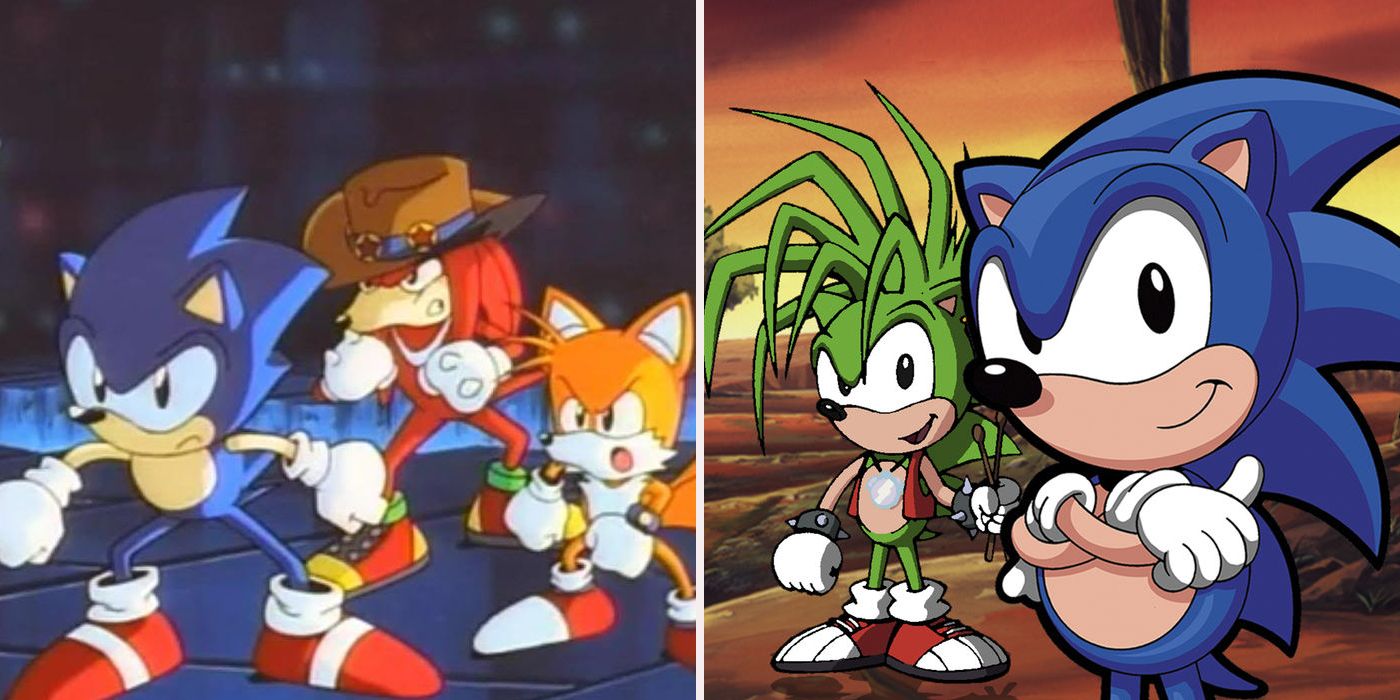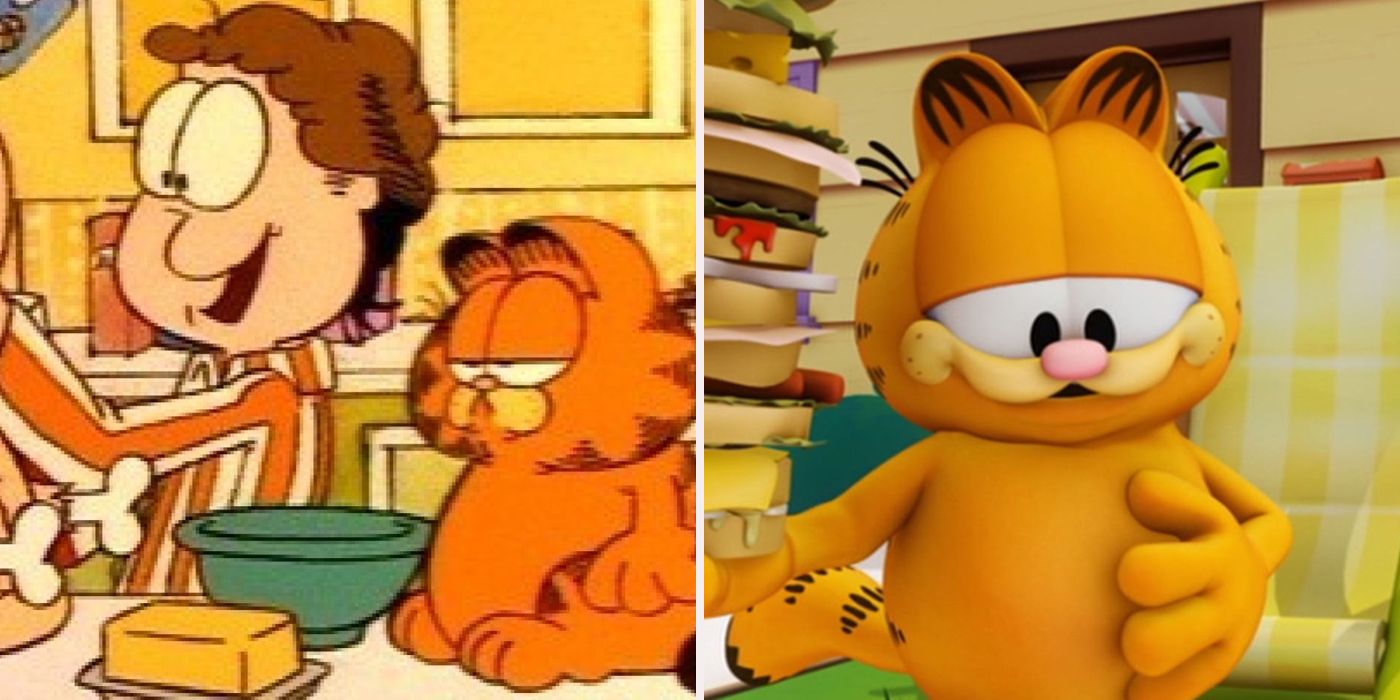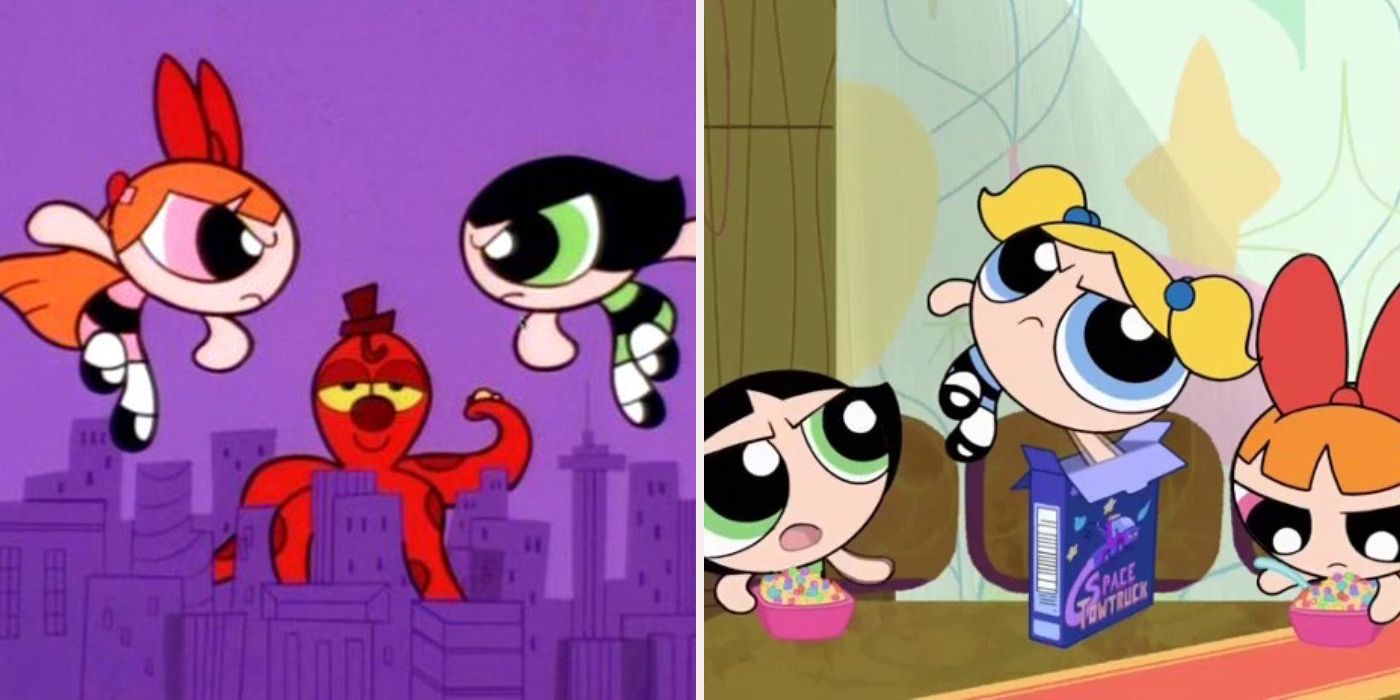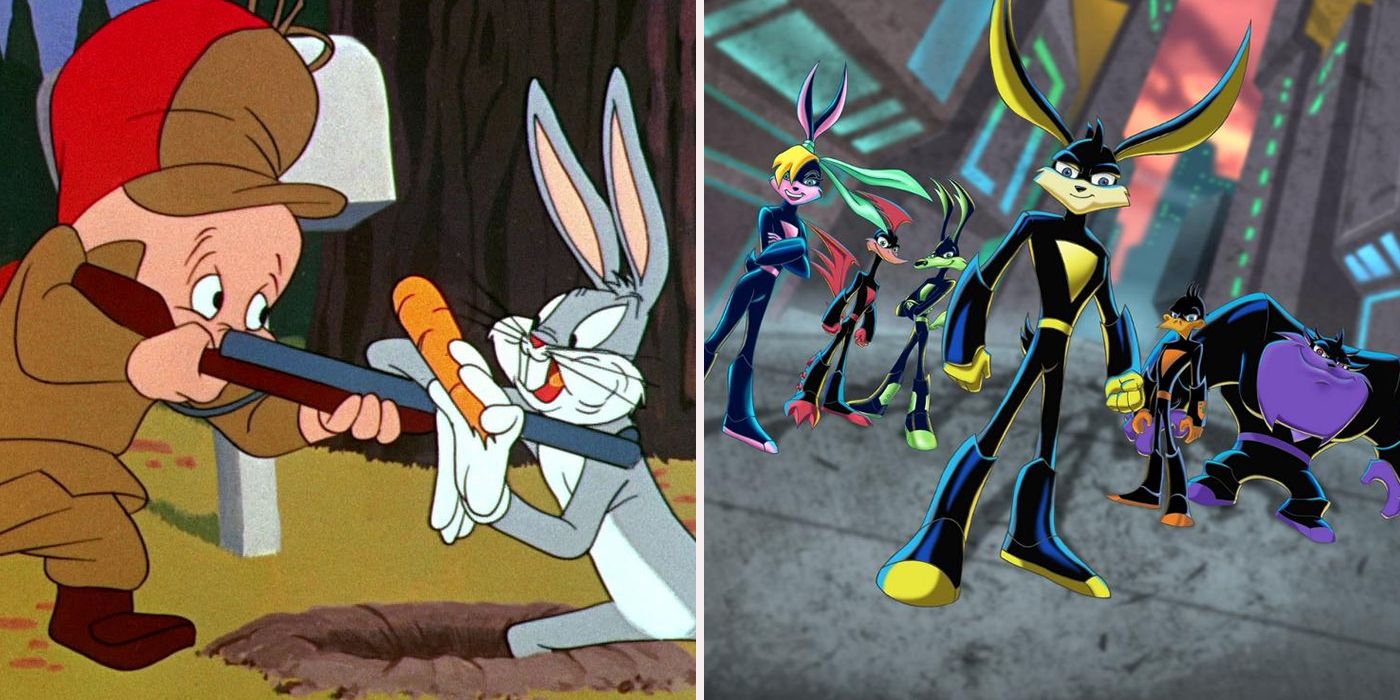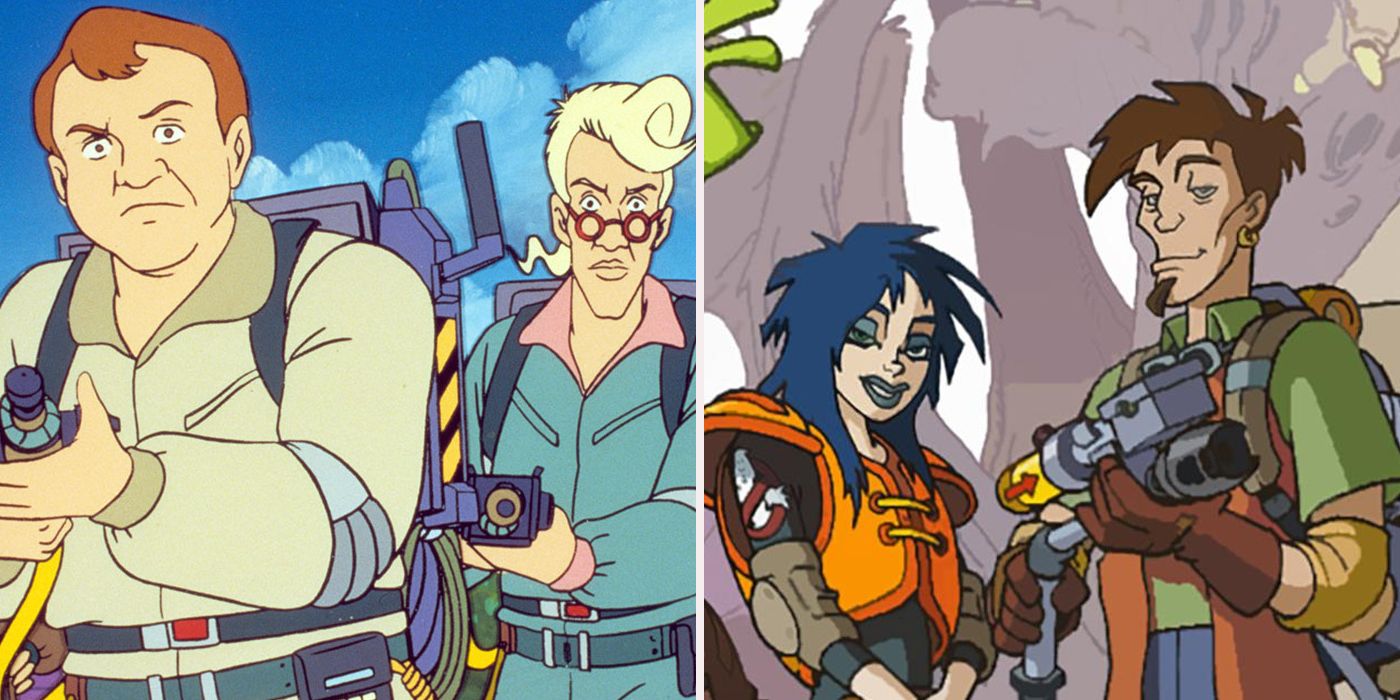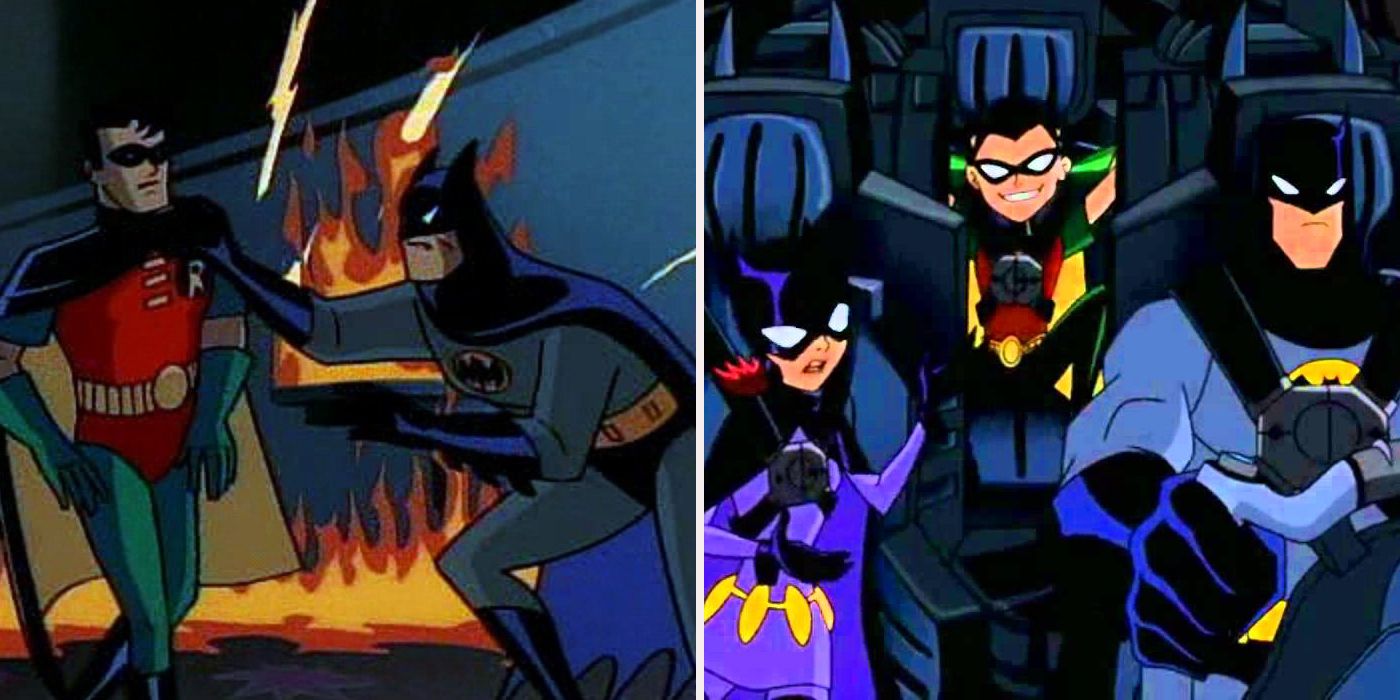The desire of a studio looking to reboot a successful property is completely understandable. Audiences grow old, but fictional characters are immortal. The trouble is, many properties do not have a long-lasting effect. They are often products of their time and may not hold up in current society due to political climates, social norms, and cultural understanding. But despite these hurdles, studios find a way to retool a property for contemporary audiences, with mixed results. The biggest medium that sees these reboots and revisions is cartoons, particularly successful cartoons that has a big fan base with a deep sense of nostalgia for them.
Trying to capitalize on this nostalgia can work wonders. Take a look at Netflix’s Voltron revival. It’s a fantastic reimagining that speaks to new and old fans alike. The same can be said for Duck Tales and Nickelodeon’s Teenage Mutant Ninja Turtles CGI animated reboot. But what happens when these reboots swing and miss? Well, often these new iterations of beloved franchises are an insult to their original core audience or, even worse, they may not resonate with new viewers. Sometimes the magic is gone from a series and it’s simply time to put to rest for good.
15 G.I. JOE: EXTREME
The original G.I. Joe cartoon is a strange time capsule in its own right. It reflects a lot of the political turmoil and misunderstanding of certain epidemics during the Reagan era. It was also a way to make the action figures one of the most successful toy lines in history (Hasbro pretty much perfected this in the ‘80s). While the show does have a place in the hearts for adults who grew up watching the show, it was nothing more than a series of PSAs and shoddy story telling.
But based on its success, it would only make sense that Hasbro would want to relaunch the franchise a decade later. This is how we came to G.I. Joe: EXTREME, a strange interpretation of the original through the lens of ‘90s comic-style (think Rob Liefeld with Michael Bay sensibilities). It was a strange series, one that thankfully didn’t last long.
14 THE NEW ADVENTURES OF HE-MAN
He-Man and the Masters of the Universe was a blatant marketing tool to get kids to buy action figures in the early '80s. The creators of the show make no bones about it. For a few years, He-Man, Skeletor, and the rest of the bizarre characters roaming the landscape of Eternia ruled Saturday Mornings and parents’ bank accounts. However, the franchise did not have the lasting power Mattel Toys had hoped. By the last ‘80s, The Masters of the Universe brand was hemorrhaging.
In 1990 Mattel released new versions of the action figures and an updated (if giving He-Man pants is an update) version of the original show called The New Adventures of He-Man. The show ran long enough to get syndication, but it had no lasting effects for fans of the original show. The story in the reboot was far more disjointed and the new character models were boring.
13 BEN 10 (2016)
Ben 10 (2005) was an inventive science fiction adventure cartoon with well-fleshed out characters, fun and compelling storylines for all ages, and some mature themes. Sure there was humor and levity within the series, but much like classic superhero comics and Joseph Campbell style hero stories, the show approached its conflict with a sense of maturity, despite its protagonist being an immature kid.
When Cartoon Network announced a reboot the series instead of a continuation, many fans were skeptical but hopeful. Sadly, the version of Ben 10 that premiered in 2016 kept many of the elements that made the original great, but it was injected with so much humor that the stakes of the within the series seemed trivial. To be fair, the animation quality did improve, but overall, this reboot couldn’t reach the heights of the original.
12 TRANSFORMERS: ANIMATED
Nostalgia is powerful. It can sell older audiences relics from their past and fill them with youthful vigor and fond memories. And while it’s difficult to be a purest for an animated series that was basically one big long toy commercial, a revamped version of that show featuring characters who no longer resemble the heroes you grew up loving can seem like poison to someone trying to reintegrate their long diminished interest in the property.
This is the biggest issue with Transformers: Animated, the 2007 relaunch of the animated adaptation of the Hasbro toy line. While the stories and animation in Transformers: Animated was certainly well-produced (and well-intended), the new character designs were bizarre and reminiscent of the versions of the characters from Michael Bay’s film franchise, which actually influenced the series. This was a show intended for a new audience, and left little for older fans.
11 BE COOL, SCOOBY DOO!
It’s not often we’ll criticize a show for not being goofy enough, but that’s the biggest issue with 12th incarnation of Hanna-Barbera's Scooby-Doo from 2014, Be Cool, Scooby Doo! Most of the previous versions of the classic cartoon series prided themselves on their fun, silly, ghost-of-the-week storylines and cornball humor. Scooby Doo, for better or for worse, was the Saturday morning cartoon equivalent of CSI. You know exactly what was going to happen in each week and it was easy to just jump right in without ever having seen a single episode.
Be Cool, Scooby Doo! however, leaned into the current day animated trend of bizarre characters and “random” humor, which has its place (show like Regular Show and Adventure Time use to corner the market), but it feels out of place for the Mystery Incorporated gang.
10 THE REAL ADVENTURES OF JONNY QUEST
Time has not been kind to the 1964 animated adventure series, Jonny Quest. In hindsight, the show has been regarded as being racist, culturally insensitive, and surprisingly boring considering the high concept the show offered. It did, however, act as a lighter version of other science fiction adventure shows and films for younger audiences, sparking their interest in the genre and inspired arguably the greatest satirical cartoon ever produced, The Venture Bros.
Quest would attempt to recapture the imagination of audiences for the next 30 years. It came close to doing with the '80s series The New Adventures of Jonny Quest. The second revival series, The Real Adventures of Jonny Quest, however, did not. The title is a little misleading seeing how the “adventures” often take place in a virtual world known as QuestWorld, which sports CGI animated about as good as you’d expect from a kids show in 1996.
9 MUTANT TURTLES: SUPERMAN LEGEND
When promos of the upcoming Nickelodeon animated series Rise of the Teenage Mutant Ninja Turtles was released, several fans were not happy. The new character designs and animation style were heavily criticized, with the show sight unseen. To be fair, the radical designs of our heroes on the half shell were wildly different than the incarnation that came before. But fans often overlook some of the trappings of the 1996 Japanese OVA Mutant Turtles: Superman Legend.
As weird as The Ninja Turtle Franchise often gets (and boy does it get weird), the two part series is easily one of the most bizarre entries Leonardo, Raphael, Donatello, and Michelangelo have ever been a part of. The show is certainly worth a watch, but don’t expect anything less than insane monsters lore and our heroes releasing a spirit that grants them Super Mutation. Yeah, you read that right: Super Mutation.
8 X-MEN: EVOLUTION
In the wake of Marvel comics trying to update their brand and revitalize interest from new readers with the reimagined Ultimate line of titles, X-Men: Evolution debuted on Kids’ WB in November of 2000. Many fans were wary of the series upon initial viewing, seeing the show as a cash-in on the blockbuster film X-Men earlier that same year. And while the show would go on to have many converts and perform well in the ratings, it couldn’t find the same strange tone that made its predecessor X-Men: The Animated Series a sensation.
X-Men: Evolution, on its own merits, it by no means a bad show. Sure there were some age swaps that seemed odd and some story threads that were not quite in tune with the characters we all know. This incarnation of the X-Men was so singular in the moment there isn’t much to glom onto.
7 SONIC UNDERGROUND
The second short-lived adaptation of the Sega video game series, Sonic the Hedgehog only ran two seasons, but its grim world, mature themes, and menacing villains made the series somewhat of a cult hit. And while a show that’s based on a fleet of foot rodent in red running shoes doesn’t need to have the same narrative quality as say a David Simon television show, the fact that the showrunners and creators went the extra mile (pun, totally intended) was a welcomed change to Saturday morning cartoon blocks.
Years later, a new series would hit the airwaves and leave a slightly different legacy. Sonic Underground premiered in 1999 as part of a multimedia cross promotion for Sega’s new (and final) console, Dreamcast. The show was loud, bright, and introduced a swath of new obnoxious characters. If there’s one redeeming aspect of the show it was its catchy guitar-laden theme song.
6 THE GARFIELD SHOW
Garfield and Friends, the first animated adaptation of Jim Davis’ comic strip did a pretty good job of capturing the melancholy humor of its source material. Its dry delivery from its lasagna-loving feline star was slightly toned down for younger audiences, but the snark and sarcasm remained preserved. The series was popular in the ratings and ran for seven season until it was finally cancelled in 1994 to make way for CBS’ Saturday morning news block.
Fifteen years later, a new CGI cartoon based on the comic strip, simply titled The Garfield Show debuted, and while the dry wit was still there, the production value of the show was severely lacking. The show looked like bad video game cutscenes from a decade prior and the story of the show never found the right tone for non-sequiturs that made the comic strip so memorable.
5 YO YOGI!
One of the biggest sins perpetrated by revamps of classic cartoon series in the early ‘90s was trying to laminate over existing beloved characters with neon colors and loud fashion choices, both of which were exaggerated relics of the ‘80s. No cartoon quite pushed this hyper late ‘80s/early ‘90s aesthetic more than the reboot of Hanna-Barbera’s iconic pick-a-nic basket thieving ursine hero Yogi Bear, Yo Yogi!
Even the title card of the series was stuck somewhere between a later-day Duran Duran album cover font and a fast food sign. It might seem a bit silly to hold Yogi Bear so dear, but what made the original Hanna-Barbera cartoons work were their timeless quality. Sure they may seem hokey to today’s standards, but there’s something charming about their nativity and cookie cutter animation style. Yo Yogi! had the shelf life of grocery store sushi and was mercifully cancelled after one season.
4 POWERPUFF GIRLS (2016)
When pop culture anomalies permeated the zeitgeist with such lasting effect find themselves being resurrected years after they faded away, there is always a danger of the reboot having a lack in quality by comparison. Diminished returns can be attributed to the retooling of the original work for a newer audience or the fact that what made the original great was directly in connection with the social climate of its airing. But sometimes a reboot or redesign of a beloved series is defanged because the people who made the original great aren’t involved.
The 2016 relaunch of Powerpuff Girls falls into the latter category. While a vague proximity to the original art style and the slapstick humor survived, the show suffers from not having the brilliant creators behind the original like Craig McCracken, Lauren Faust, or Genndy Tartakovsky. New blood can make a great reboot, just not this one.
3 LOONATICS UNLEASHED
Cartoons have a long history of trying to play it cool to new and younger audiences. A lot of these broadcasting experience end in poor ratings and not being able to connect with the people planted in front of their televisions. And sometimes, these hip reboots or spin-offs are so bizarre that it’s hard to classify why they didn’t work in the first place. Enter: Loonatics Unleashed.
Loonatics Unleashed was Warner Bros. attempt at an action-comedy cartoon featuring the descendants of classic cartoon characters. The series followed the heroes with blood ties to Bugs Bunny and Daffy Duck as they battle aliens in the year 2772 in a post-apocalyptic wasteland…no for real, that’s what the show is about. And while this sounds like a pretty cool idea for one of those gritty fan films online, it was not long for this world in the realm of Saturday morning cartoons.
2 EXTREME GHOSTBUSTERS
After Ghostbusters hit theaters in 1984, fans were chomping at the bit for a worthy successor. Two years after, the animated series The Real Ghostbusters changed gears and brought everyone’s favorite paranormal investigators to the small screen, and, for the most part, was great. A lot of the deadpan humor, interesting ghost designs, and character relationships from films (the first one especially) were intact. One could argue it felt more like a real Ghostbusters follow up than the divisive live action sequel in 1989.
A few years after The Real Ghostbusters ran its course, Extreme Ghostbusters was ushered in. The series had some interesting ideas: a new team operating under the Egon Spengler, a diverse cast, and keeping Slimer around for good measure. But the impact of the original films and cartoon were gone. The series was also plagued by aggressively ‘90s haircuts and fashion that simply don’t hold up.
1 THE BATMAN
Batman: The Animated Series was a landmark in superhero cartoons. While many facets of the series hasn’t aged well since it premiered back in 1992, a lot of what made the it so memorable still have long-lasting waves in the greater Batman canon. Notably, the series gave us the cult obsession that is Harley Quinn, the iconic voice acting work of Kevin Conroy (who is often cited as giving us the best portrayal of The Dark Knight) and of course Mark Hamill’s Joker.
Nearly a decade after the series ended, a new cartoon called The Batman debuted on the Kid’s WB. The series retained some of the aesthetic from its predecessor, but paled in comparison. Fans and critics lambasted The Batman for being a cash-grab to produced gadget-ridden toys and for its horrendous character redesigns, most notably its version of The Joker as a lumbering, shaggy lunatic without the charm.

